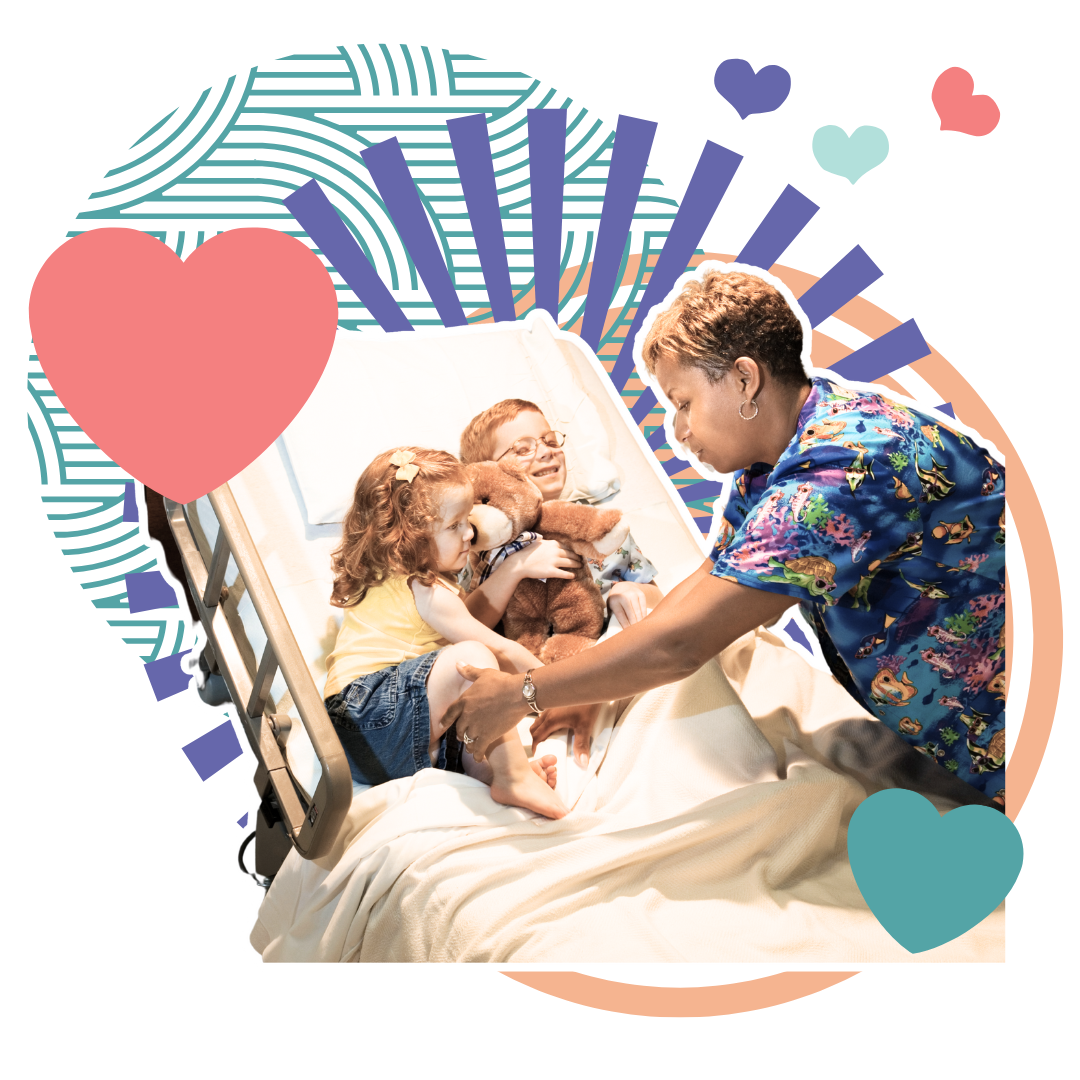You can’t always see it from the outside, but medical trauma can leave lasting marks, not just on the body, but on the heart and mind of a child.
I’ve worked with children who flinch at the sound of medical gloves snapping… who panic when someone approaches them wearing scrubs… who cry just walking into a clinic. These aren’t dramatic reactions. They’re real responses to fear, pain, and a loss of control.
As adults, we may see a procedure as necessary or routine. But to a child, even something as simple as a blood draw can feel overwhelming, especially if they’ve experienced repeated interventions. Pediatric touch therapy offers a gentle way to begin repairing trust, calming the nervous system, and helping a child feel safe again.
What Is Medical Trauma in Children?
Medical trauma can happen when a child undergoes procedures that are painful, frightening, or poorly explained. It can stem from:
- Extended hospital stays
- Repeated injections, IVs, or surgeries
- Being separated from caregivers during treatment
- Feeling helpless or ignored in their own care
Even if the procedure was successful, the emotional imprint can last.
Touch therapy provides an opportunity to reintroduce safe, nurturing contact in a controlled, respectful way, on the child’s terms.
Safety Starts with Choice
One of the most important things I teach, and live by, is this: We never assume touch is welcome, even if our intentions are good.
For children who have experienced medical trauma, regaining a sense of agency is critical. That means:
- Always asking permission
- Giving clear explanations
- Observing and honoring a child’s “no”
This builds trust. And for a child who has felt powerless in the past, that trust is everything.
Rewriting the Story
I once worked with a little boy who had undergone multiple surgeries before the age of five. Just approaching him made his entire body tense. Over time, with his caregiver nearby, we introduced touch therapy very slowly, starting with me simply sitting beside him, no contact at all.
Eventually, he allowed light massage on his arms. Then one day, he reached for my hand.
It wasn’t the massage technique that mattered most. It was the consistency, the patience, and the respect for his pace. We weren’t just easing muscle tension, we were helping him rewrite his story around touch and care.
Creating a New Association
Touch therapy in a hospital or clinic can help replace fear with familiarity. By pairing gentle touch with calm voices, predictable routines, and permission-based interaction, we can create new associations:
- “Touch doesn’t always hurt.”
- “This space can feel peaceful.”
- “I get to say yes or no.”
These changes may seem small, but to a child with medical trauma, they are profound.
A Gentle Return to Safety
Healing after trauma is not a quick fix, it’s a process. But when children experience nurturing, respectful touch, their nervous systems begin to settle. Their breathing slows. They begin to trust.
Pediatric touch therapy isn’t about rushing to soothe or distract. It’s about showing up, staying present, and letting the child lead. And sometimes, that quiet moment, hand in hand, heart to heart – becomes a powerful turning point in their healing journey.

